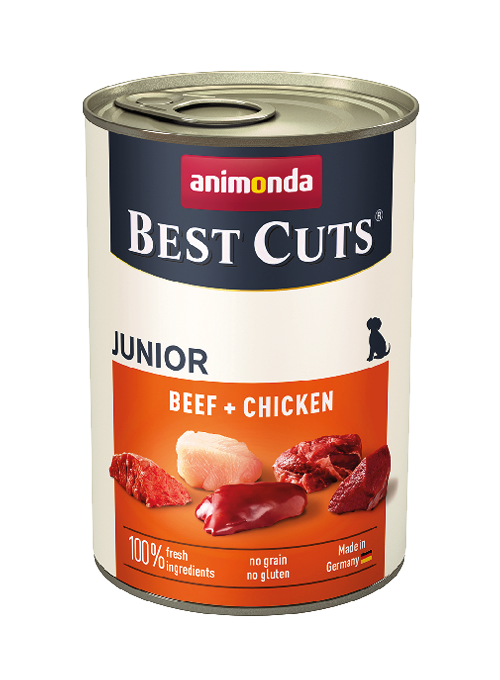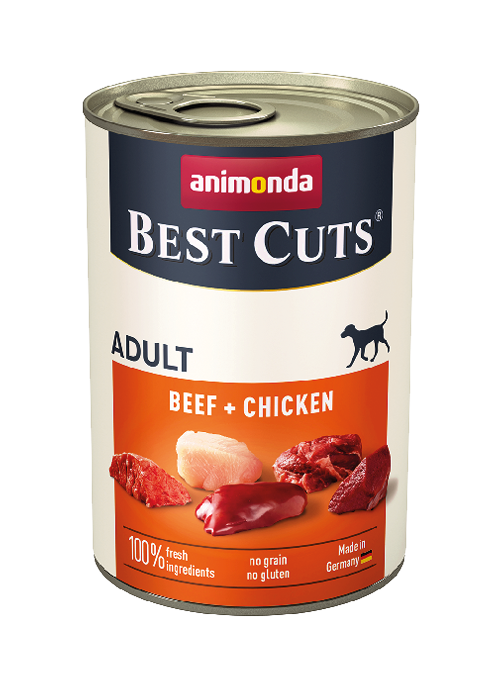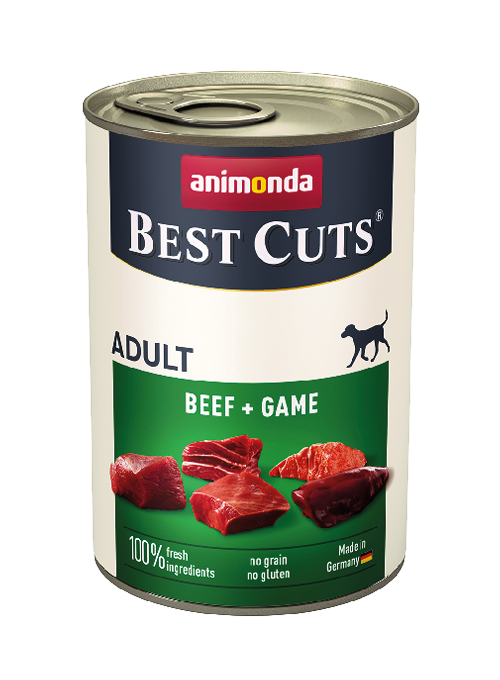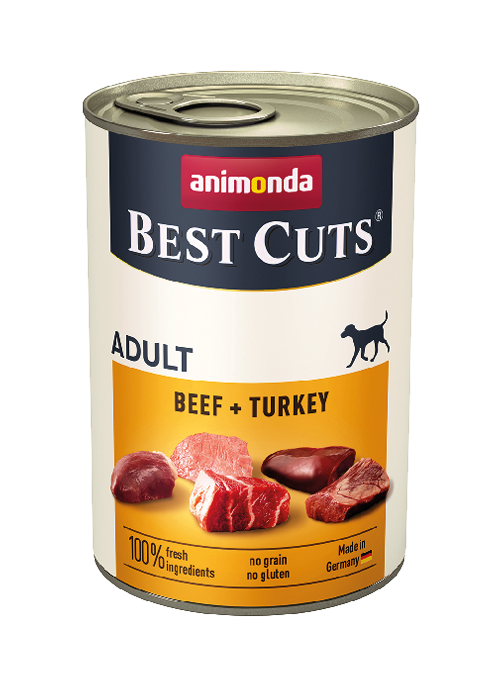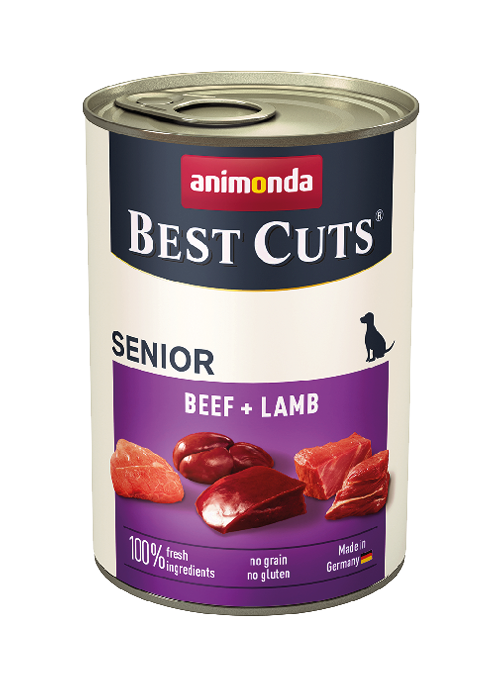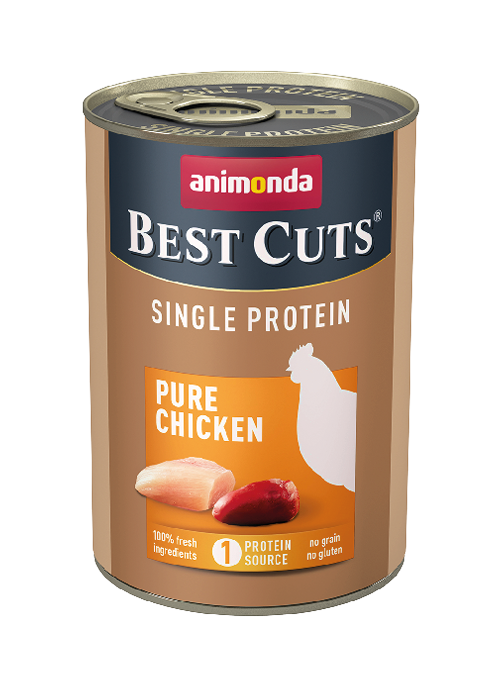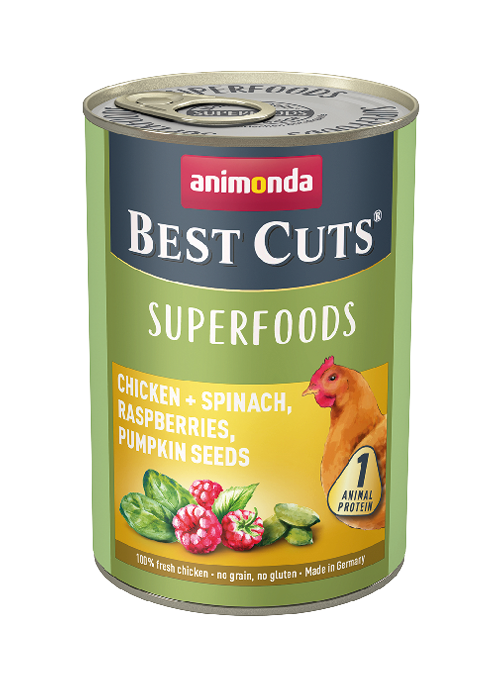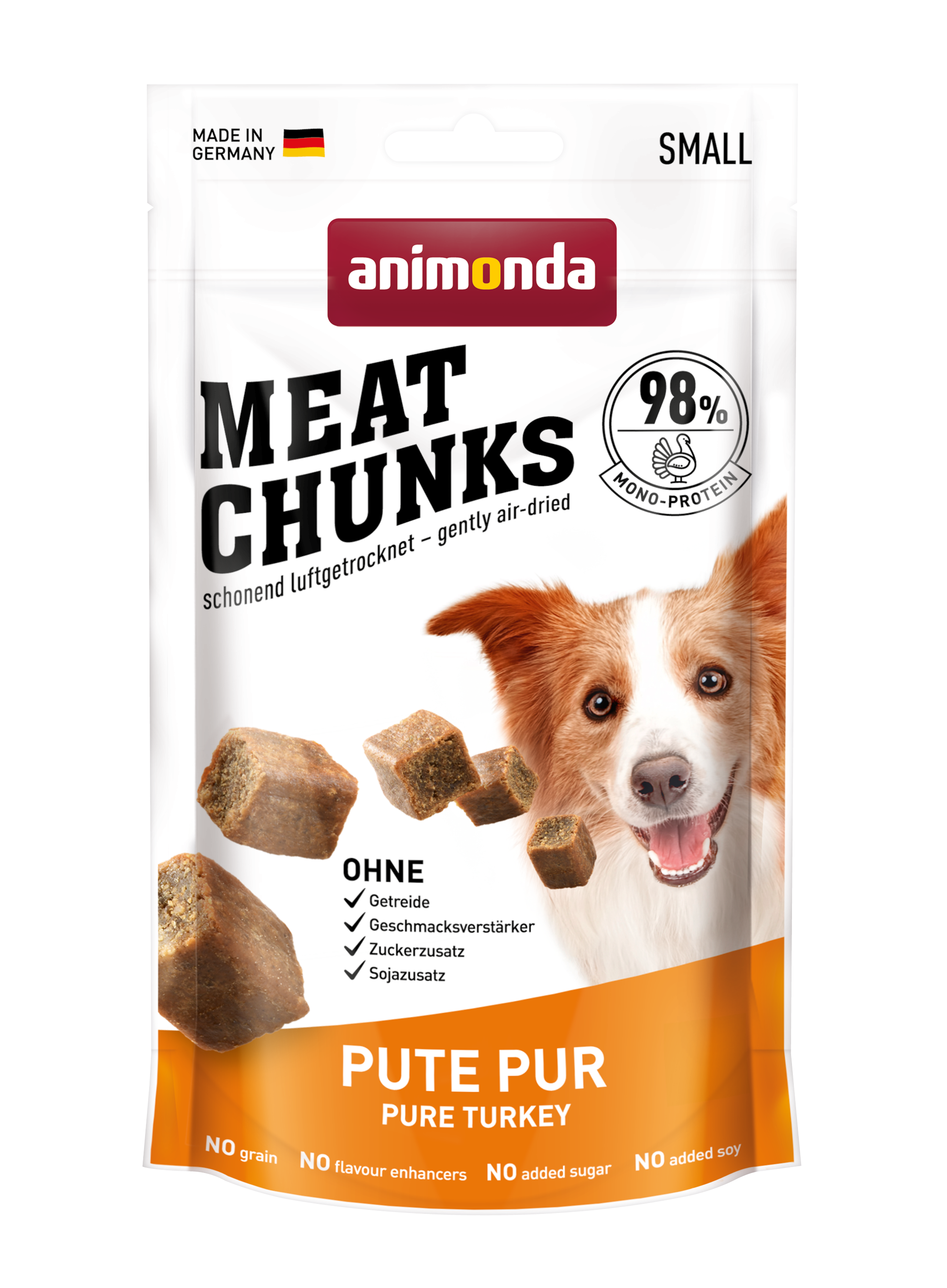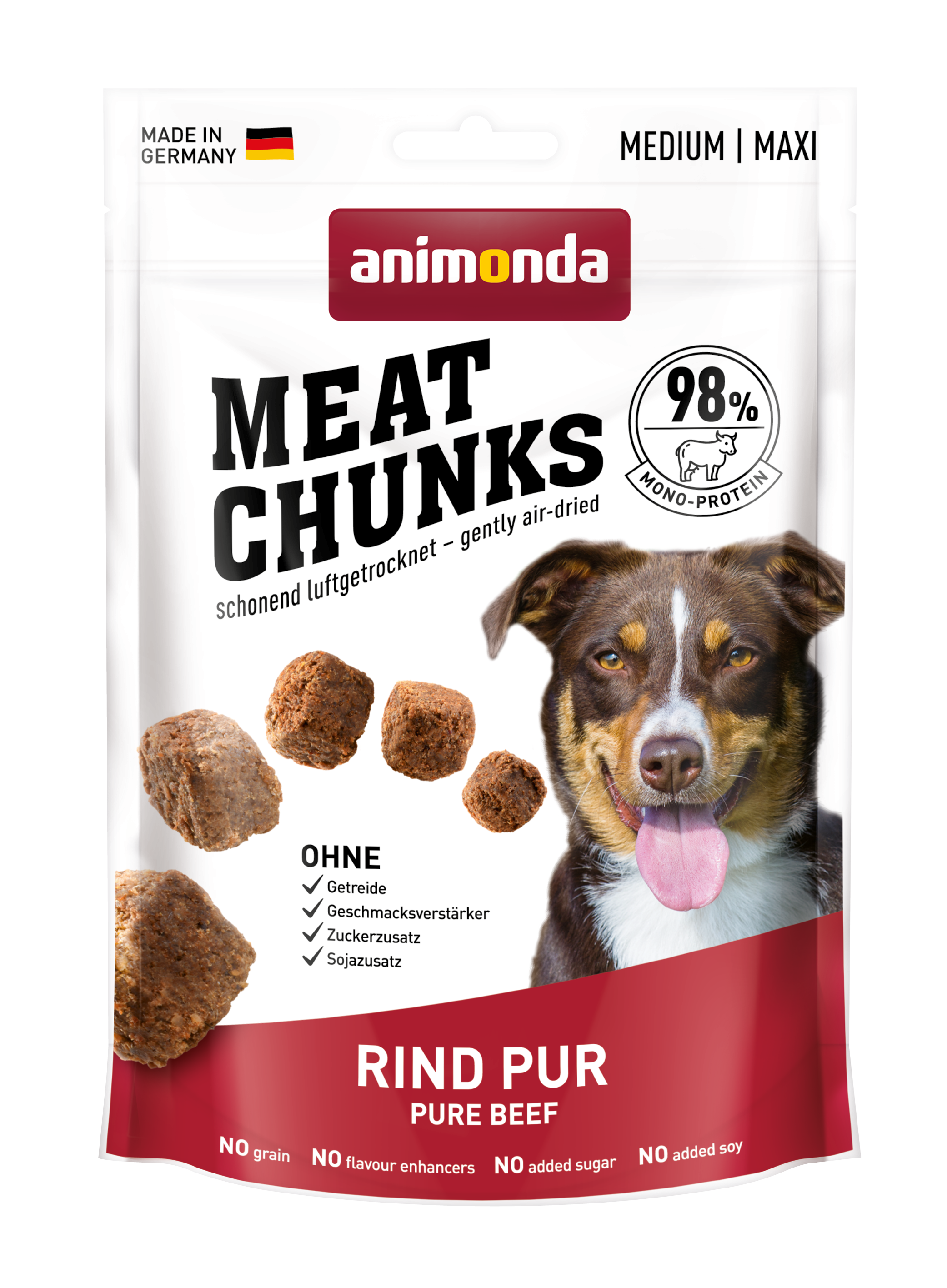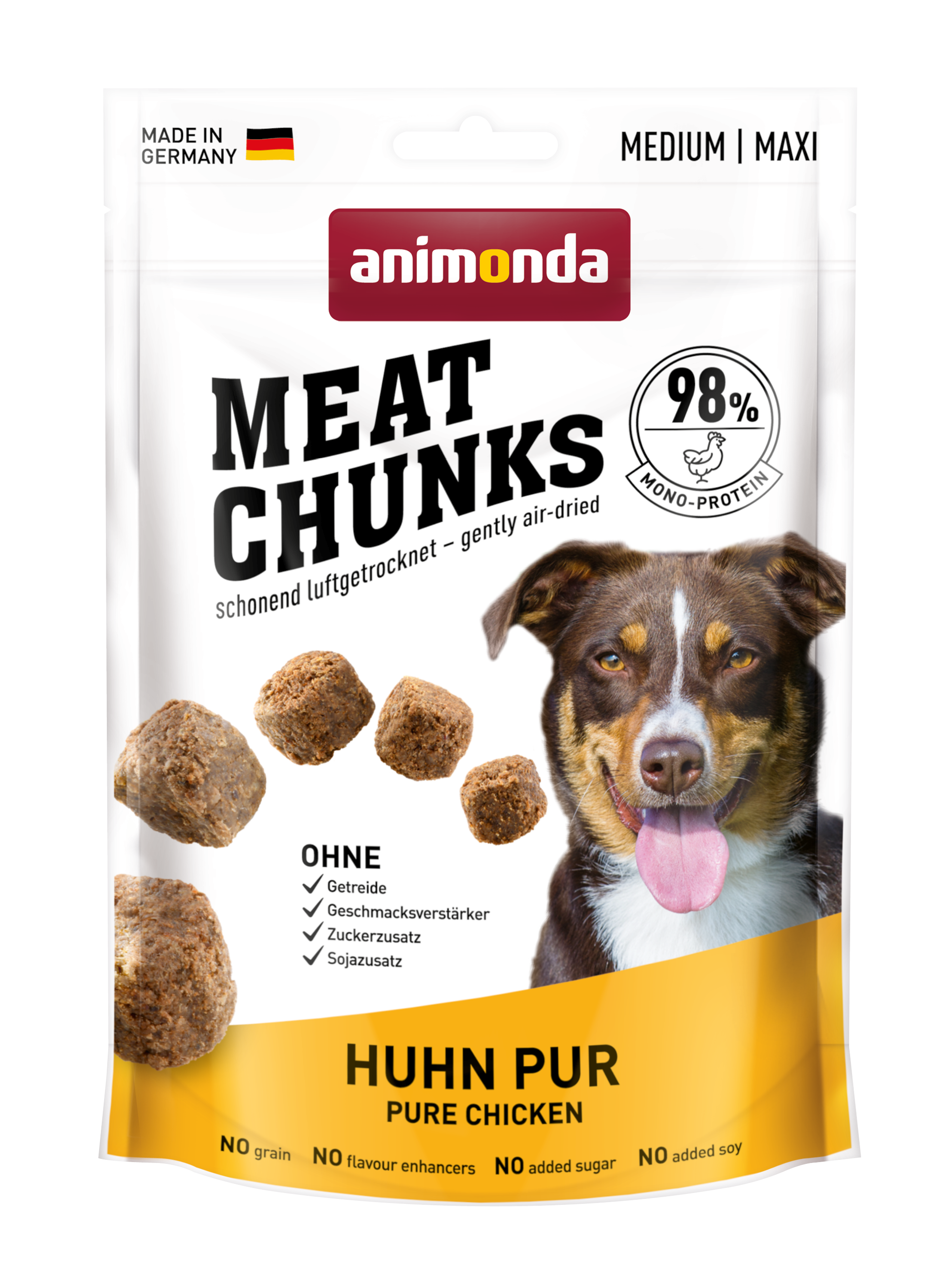A puppy does not just need a lead and collar; it needs a whole lot more. Many a new dog owner becomes aware of this when they pick up the puppy. If you are travelling alone, you should put the little one in a carrying box or strap it in. Otherwise the puppy could tumble around the car or distract you. A collar is unsuitable for strapping a puppy in. We recommend a harness, which many owners also use in everyday situations. Especially with dogs that tend to pull on the lead, this is a useful alternative to prevent bruising in the neck area.
At home you will need care utensils (comb, brush, tick tweezers) and toys for your puppy. You will also require a dog bed or basket in a fixed place and preferably also a dog blanket. Other essential items are a feeding bowl and at least one water bowl. If you decide to give your dog dry food, it is better to provide several water bowls in order to encourage it to drink. Wet food is, however, the safer and more natural option. We recommend our special puppy food “Gran Carno Junior” and “Vom Feinsten Junior”. The food is specially formulated to meet the specific nutritional requirements of puppies and growing dogs. You should, however, wait one to two weeks before switching food. In the early acclimatisation phase, the intestinal flora may be unstable due to all the new impressions, which can lead to diarrhoea. During this phase, you should stick to the food that the puppy has been given up to now, to be on the safe side.
Transport to the new home
A puppy should be picked up in the morning if possible, so that on the first day there are still a few hours for it to get used to its new home in daylight. Find out if there is anything in particular to consider regarding your puppy and do not hesitate to ask any specific question. This will all benefit your future pet. Ideally someone should be present for the car journey who can keep an eye on the puppy and talk to it. It should also be carried in a transport box or strapped in and placed on a dog blanket because it is quite possible that a “little accident” will occur. Drive as smoothly as possible and not too fast, and take breaks if the journey is longer.


